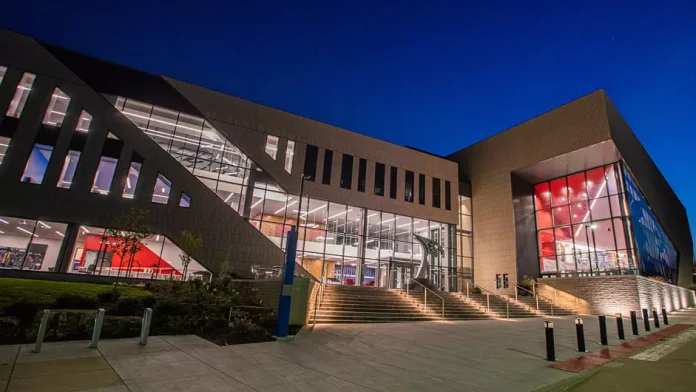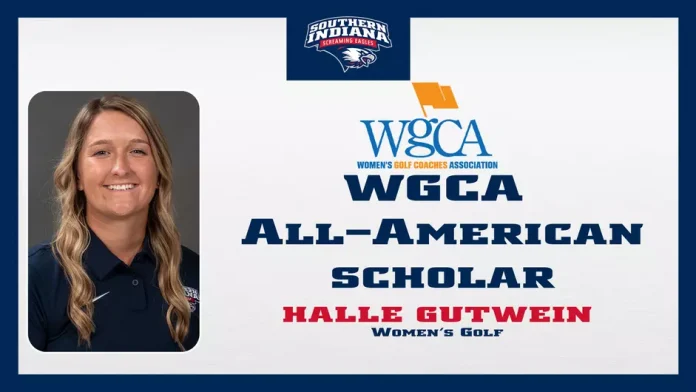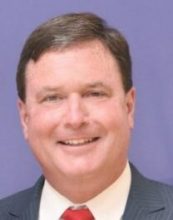USI Athletics is coming off a strong second season at the Division I level that saw the Screaming Eagles finish fifth in the Ohio Valley Conference Commissioner’s Cup standings.
The Screaming Eagles had a particularly strong season in women’s athletics, with USI finishing in the top four of the OVC standings in Basketball, Cross Country, Soccer, Softball and Tennis.
Women’s Basketball had a historic season, capturing the OVC regular-season and tournament titles before hosting a pair of WNIT games at home at the Screaming Eagles Arena. The championship women’s team finished the year with a 25-7 overall record and a 17-1 mark in OVC play.
Additionally, Volleyball, Softball and Tennis advanced to the semifinals of their respective tournaments, while Cross Country posted a second-place finish at the league meet.
USI also performed well in men’s athletics, with Baseball and Cross Country posting strong finishes. Cross Country raced to a second-place finish at the league meet, while Baseball finished third in the OVC Tournament. Men’s Basketball also advanced to the OVC Tournament for the second straight season, while golf tied for fifth at the OVC Championship.
Individually, USI saw several student-athletes recognized for their accomplishments in their respective arenas. Redshirt freshman Anna Markland (Hoover, Alabama) was named the OVC Goalkeeper of the Year in Women’s Soccer and junior Josie Newman (Indianapolis, Indiana) was named the OVC Pitcher of the Year in Softball.
Cross Country’s Alex Nolan (Evansville, Indiana) and Zoe Seward (Rochester, Indiana) were respectively the OVC Male and Female Freshmen of the Year honorees last Fall, while Anais Negrail (Maisons-Alfort, France) and Grant Parson (Owensboro, Kentucky) were named the OVC Freshmen of the Year for Women’s Tennis and Baseball, respectively.
Women’s Basketball’s Meredith Raley (Haubstadt, Indiana) also was the OVC Tournament’s Most Valuable Player, while Rick Stein was named the OVC Women’s Basketball Coach of the Year.
USI Athletics continues to foster student-athlete success including the launch of Icon Suite, an innovative name image and likeness tool accessible for all Screaming Eagle student-athletes and community members.
USI has continued to excel in the classroom, where more than 150 student-athletes were recognized last summer by the OVC, the Horizon League and the Summit League for their GPA achievements. The Screaming Eagles had 27 OVC Medals of Honor last year, which are given annually to student-athletes who achieve the highest GPA in a conference-sponsored sport. All 27 student-athletes carried a perfect 4.0 GPA.










